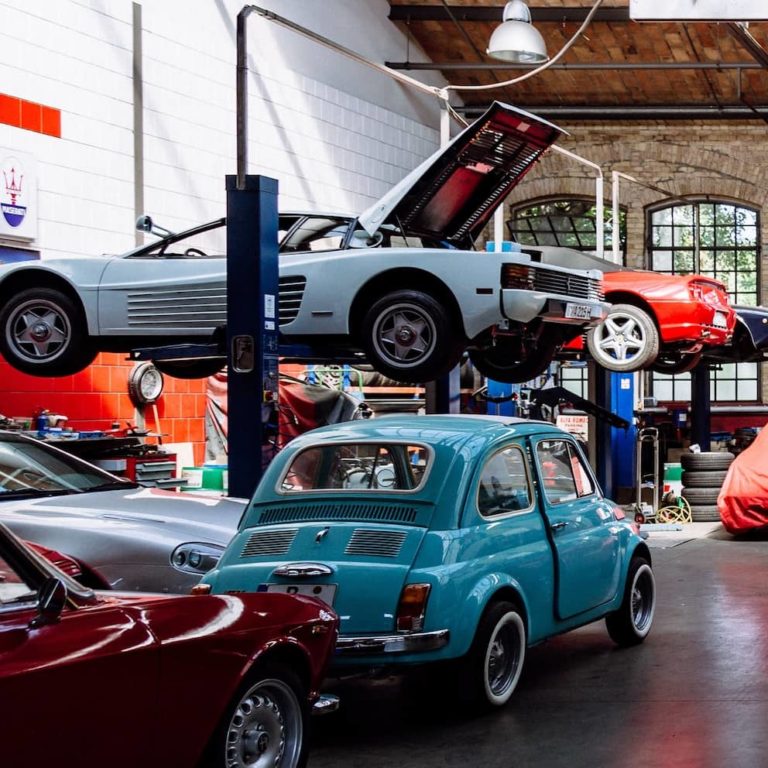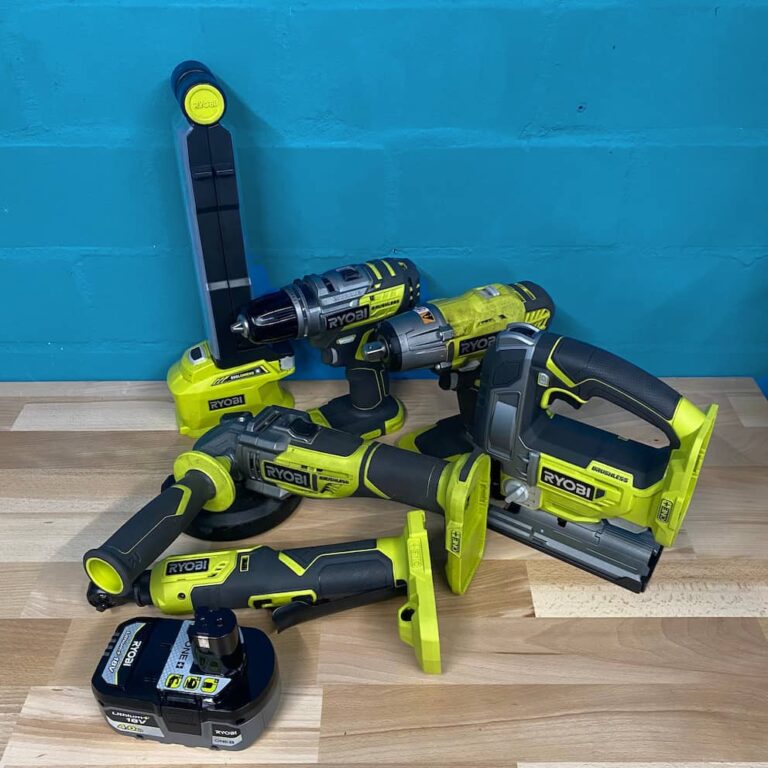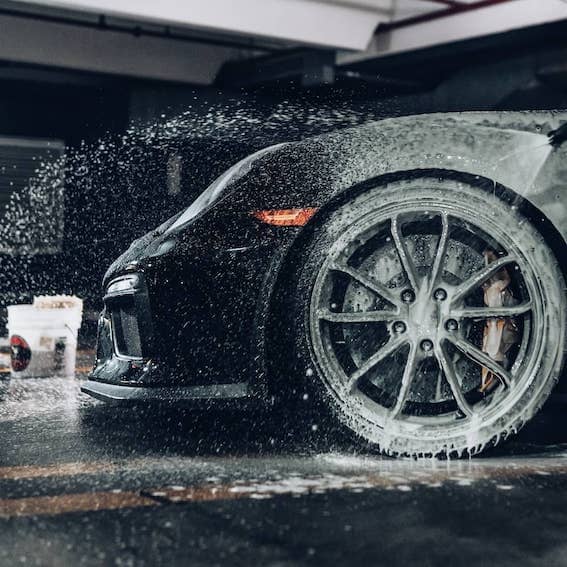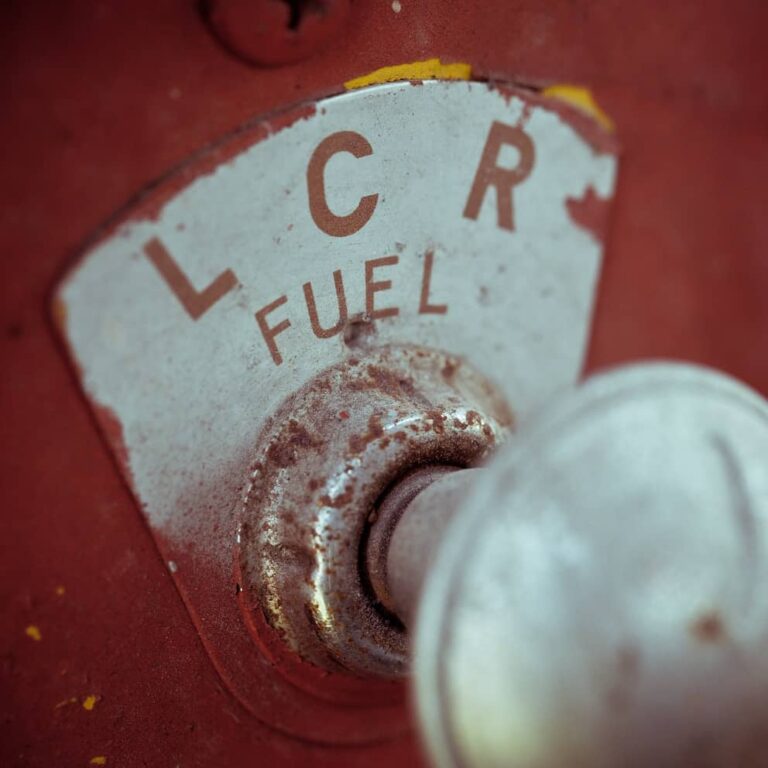Best Engine Oil for Classic Cars
Mads van Appeldoorn
March 17, 2023
As Amazon Associate I earn from qualifying purchases. I may receive a small commission at no additional cost to you for purchases made through links in this post.
What’s important when choosing engine oil for a classic car engine?
Modern vs. Classic engines
In so many ways, modern car engines are a lot different than the ones of classic cars. Metal-to-metal production tolerances, the way those engines are revving, not to mention the not so rare rope or cork seals. Possible fouling of the catalytic converters due to zinc and phosphate led to a reduction of these vital additives for classic car engines. My advice: either use high zinc and phosphate concentration oil like the ones in the following list – or – if you buy oil randomly, add some zinc & phosphorus additives.
Best oil for your classic car engine:
Viscosity
Engine start-up is where the most wear occurs, that’s for sure. So it might sound obvious to use the lightest weight oil. But, that also depends on the design of the engine. That might be the case for more modern engines, but if we’re talking dry sump Porsche 911 engines, 20W50 is the right choice. Engineers from Porsche, which I had the chance to talk to, recommended 20W50 viscosity for all early 911s. I’ve tried a lot of different kinds of oil in different cars and with the 20W50 oils I’ve tried, I was always in the ideal oil temperature and therefore engine temperature range.
Synthetic Oil
For some people knowing they’ve got the best and most expensive oil is a relief. Always consider the loose tolerances of older engines. I’ve heard of people at LA’s cars and coffee that their cars leaked oil like the Titanic when they first tried synthetic. It’s much higher in price, so it might make sense to use conventional oil and change it more regularly.
ZDDP additives
Zinc Dialkyl Dithiophosphate (ZDDP) is an anti-wear additive that helps lubricate engines and also helps to control oxidation and corrosion. The American Petroleum Institute (API) published guidelines to lower zinc content in oil and all manufacturers followed the request. To give you an idea, the levels of ZDDP used to be 1200-1400 ppm (parts per million). For almost 30 yrs already, most oils are around 800-900 ppm. Thats way to low for a vintage car engine. You might not realise the difference in a day or week or month, but over the years, your engine will age prematurely. Especially if you have your engine rebuilt, the lack of proper lubrication can be fatal. Make sure you add ZDDP or use racing oil (more phosphorous) for that purpose. After the break-in, you might go back from racing oil to normal oil. General rule: make sure you have at least 1200 ppm for break-in. So if you’re buying oil from the shelf, which is still better in terms of the quality than 30yrs ago, but please make sure you add some ZDDP, a 4-ounce bottle to a five-quart oil change.
How to change oil in your classic car
You want to know how to change your car’s oil? I’ve done it so many times myself, and it’s not that hard. Engine oil should be changed once a year or every 10,000 mls, whichever comes first, more often in a race car of course. Here’s how to do it and what you’ll need.
- Working gloves
- A wrench
- An oil filter wrench
- A drain pan
- New oil filter
- New oil
- A funnel
- A rag or towel
Step 1: Jack up your car, locate the oil filter and oil drain plug
Okay, let’s get to it. First, jack up your car in order to get to the oil drain plug more easy. Locate the oil drain plug and oil filter. On a classic Porsche 911, the oil filter is located in in the engine bay on the oil tank, next to the filler cap on the right side. The oil drain plug is located underneath the engine, right in the middle. The drain plug and oil filter might be in different places depending on your car, so check your manual. Once you find them, put the drain pan under the drain plug.
Step 2: Drain the old oil
Now, it’s time to drain the old oil. Use the wrench to loosen the drain plug and let the oil flow into the drain pan. Make sure you have a drain pan that can hold the whole amount of oil coming out of the engine. For a Porsche 911, you need a drain pan that can hold up to 12 quart or 12 litres. If you change your oil on a classic Porsche 911, make sure you drain the oil from the engine sump and the oil tank! Be careful not to burn yourself with the hot oil, use working gloves. Once it’s drained, replace the drain plug.
Step 3: Replace the oil filter
Next up, it’s time to replace the oil filter. Use the oil filter wrench to loosen the old filter and remove it. Oil filter wrenches are specific to the size of the oil filter, for my Porsche 911 I use this Hazet oil filter wrench. Universal oil filter wrenches might work but are not recommended. Replace the oil filter with the new one, making sure to lubricate the rubber gasket with a bit of new oil before installation.
Step 4: Add new oil
Almost there! Now, it’s time to add the new oil. Most oil filler caps are located on top of the engine. On a classic Porsche 911, the oil filler cap is in the engine bay, next to the oil filter on the right hand side. Remove the cap and insert the funnel. Pour in the correct amount of new oil (check your manual for this), and wait a few minutes for the oil to settle. Then, check the oil level with the dipstick. On a classic Porsche 911, check the oil level with the engine running.
Step 5: Clean up and check for leaks
Lastly, clean up any spills and start the engine. Let it run for a few minutes and then check for leaks around the oil filter and drain plug(s). If there are no leaks, you’re done! Changing your oil isn’t so hard. Just make sure to dispose of the old oil and filter properly. Most auto parts stores and oil change shops will accept used oil for recycling.
Tip:
Don’t forget to change the air filter regularly as well. It’s best to do it with the oil filter so you don’t forget.
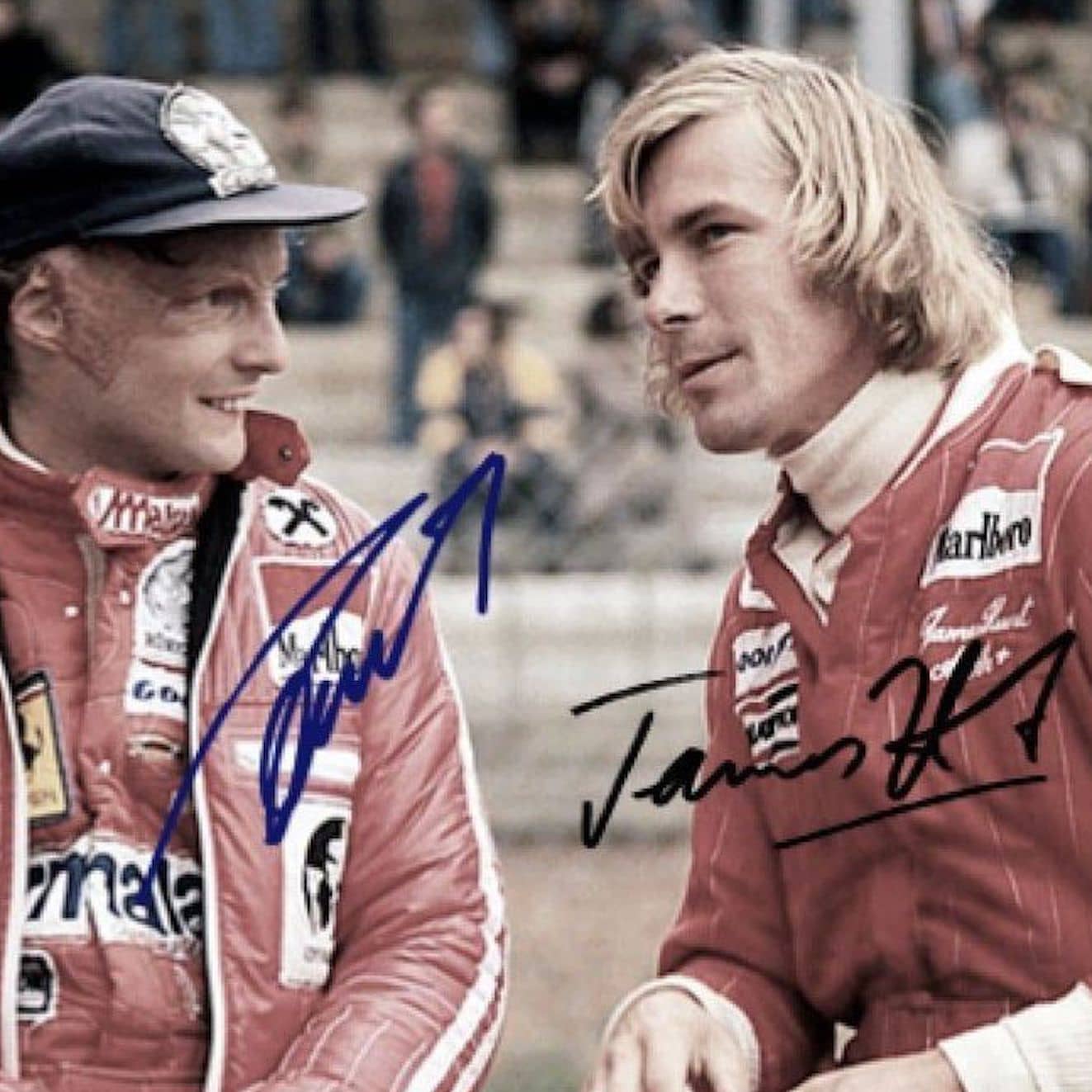
Niki Lauda & James Hunt
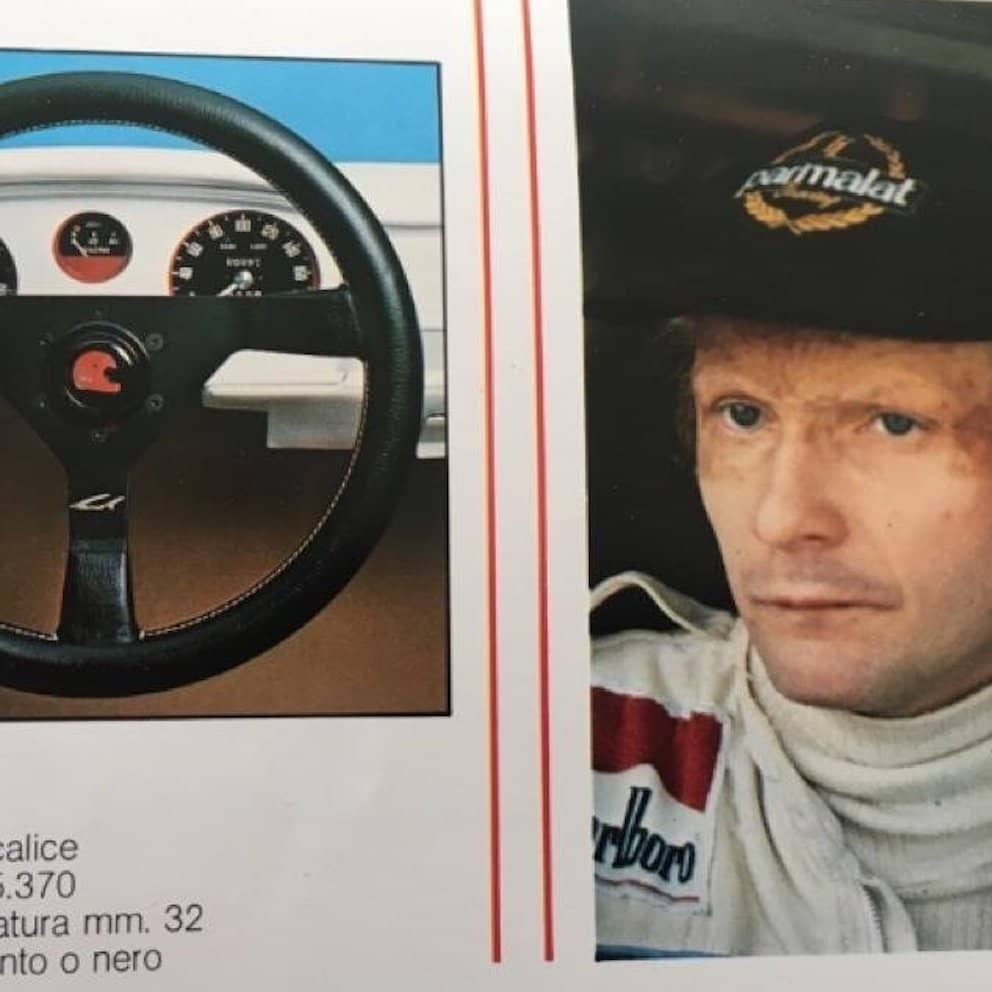
Niki Lauda Steering Wheel Ad

